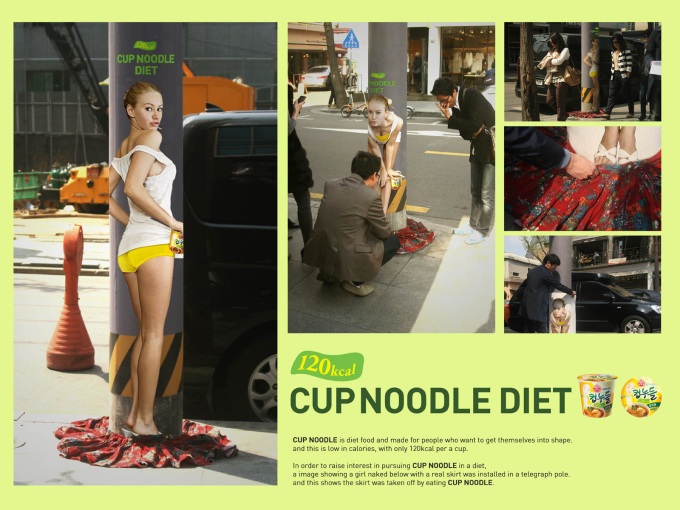some thoughts about the past few weeks
My great uncle passed away two weeks ago. I received the news via facebook, while in Busan. It really hit me how far away we are and how things can happen in instant. I became worried and felt so far away from home. It was my worst fear, realized. The fear that something bad will happen while you are away and you won't be there. Sure, you can hop on a plane and be home in 24 hours plus. You can send a card or flowers or call but, it's just not the same as being there in person. That was a really difficult experience for me and still continues to be something that bothers me.
Last weekend we did some city exploring. On Saturday we went to a lovely park in Gimhae to have a picnic and enjoy some sunshine. The park is absolutely beautiful! Spring is in full bloom here and I am in awe of it. It is a different kind of spring for me. New sights and smells. I feel as though I am seeing spring for the first time here because of this new and refreshing beauty. We ate Burger King on Easter Sunday during our Changwon city walking tour. Also, we tried "DVD-bang" which is basically the rental of a movie and your own personal movie theater room. We watched Avatar. I really enjoyed it, as DVD-bang was something I wanted to do even before I moved here.
We had an Easter egg hunt at school. My family so generously sent a huge box of plastic easter eggs and candy for the kids. We had four separate egg hunts this week (divided by age group). The kids really seemed to enjoy it and I felt so proud and lucky to have such a wonderful family that would send all of that stuff for the kids (and teachers) Thanks! It didn't really feel like Easter. Being so far away, I don't notice holidays as much. I think that our family noticed our absence much more.
I have been running! After the Busan 10k, I quietly felt disappointed and left out as everyone ran in and finished the race, except for me. I decided to try running (again). This attempt to run has happened a lot since my high school track days. I decide that I want to run, I try it out for two or three days and the pain in my knees is too much and I become angry and frustrated and quit. This time I decided that I would keep going and really try to work through the pain, slowly and carefully. Luckily, my husband loves to run and is so patient and wonderful as my running coach. We began to run together about 3 weeks ago. As though we didn't already spend enough time together at work and home, we now run together : ) Usually we run in silence, side by side, and just "go into our own brains", but we are together. I love it! I have had some pain this week, but I haven't given up. I signed up for a 5k in Dadaepo at the end of May. I don't question this change that has happened in my body, but I am really thankful for it. I call it the magical and healing powers of kimchi! Or maybe something else...
I think that it has something to do with the fact that moving around the world has taught me not to give up. It has taught me a lot about myself and what I am able to do. I have a feeling that I can do anything now and that nothing is too difficult, because I feel as though I have gone through a lot to get to this point. Some people from home have said to me, "I could never do something like that". Well, I guess that I didn't think that I could either! I think back to the days in Indiana when I was really depressed. I would sit at home on my lunch break or after work and look at photos or travel websites or watch travel channel (Anthony Bourdain my favorite : ) and think to myself, someday that will be me. Someday I will get to see the world. I will see all of these places and more. It was a fantasy that I had to get me through the difficult days, the mundane. But now, I'm here. Sometimes it really hits me and I think, wow, I'm here, I'm really doing this! It doesn't feel real at times. I don't want to waste a second of it. So, I guess this is why I need to keep writing. I don't want to let one single memory slip by. I want to remember everything.
































 RSS Feed
RSS Feed
Recent comments